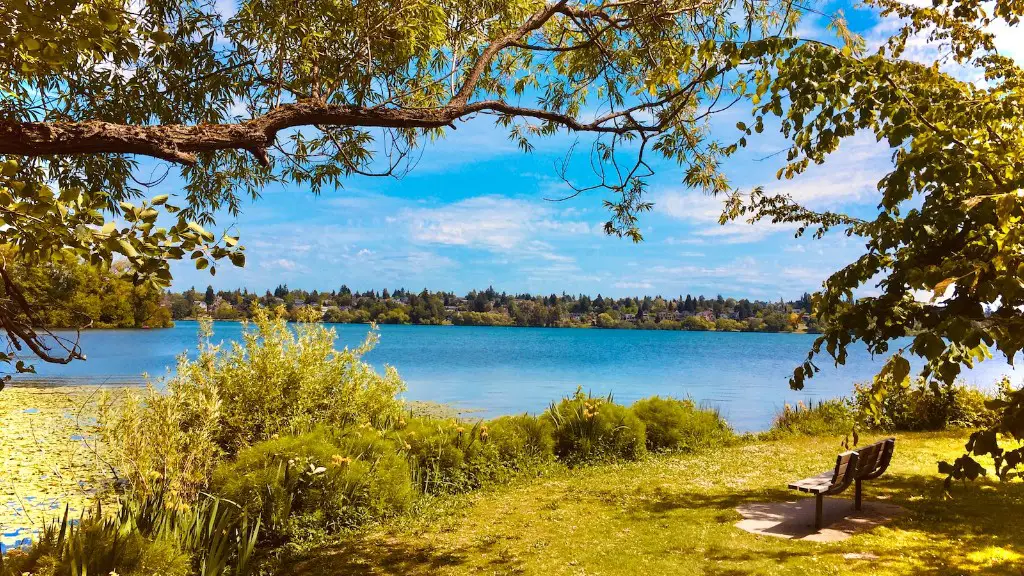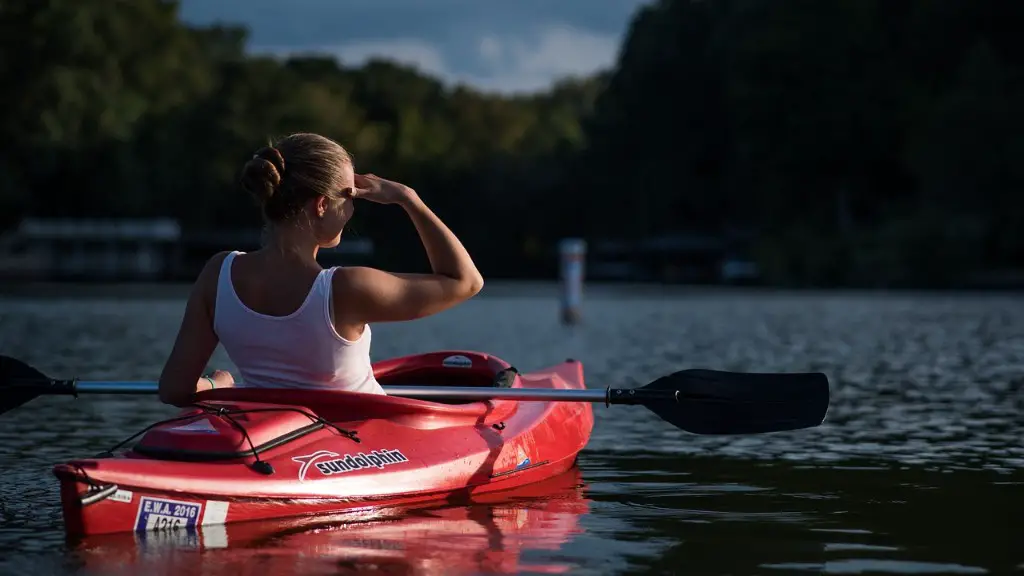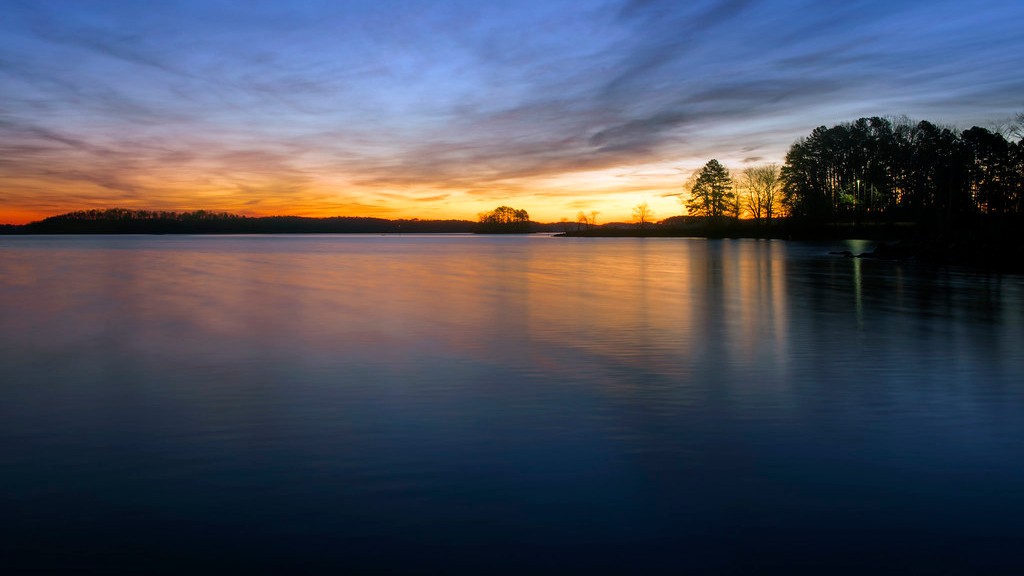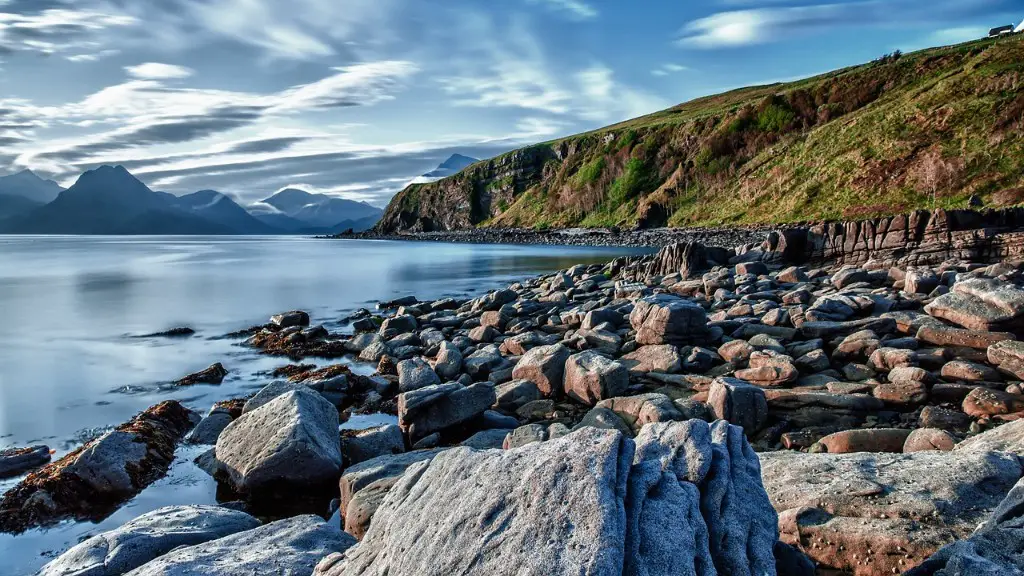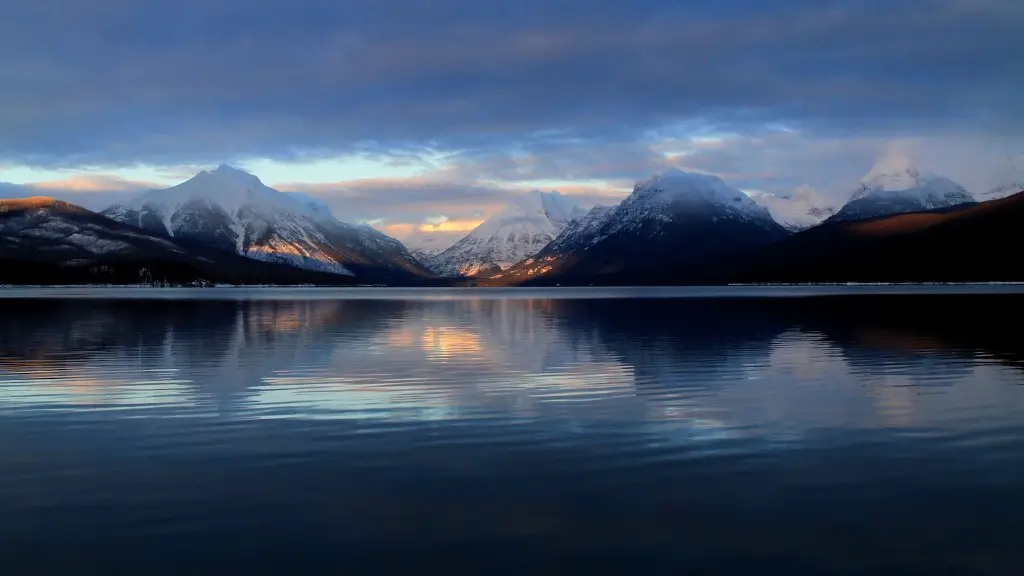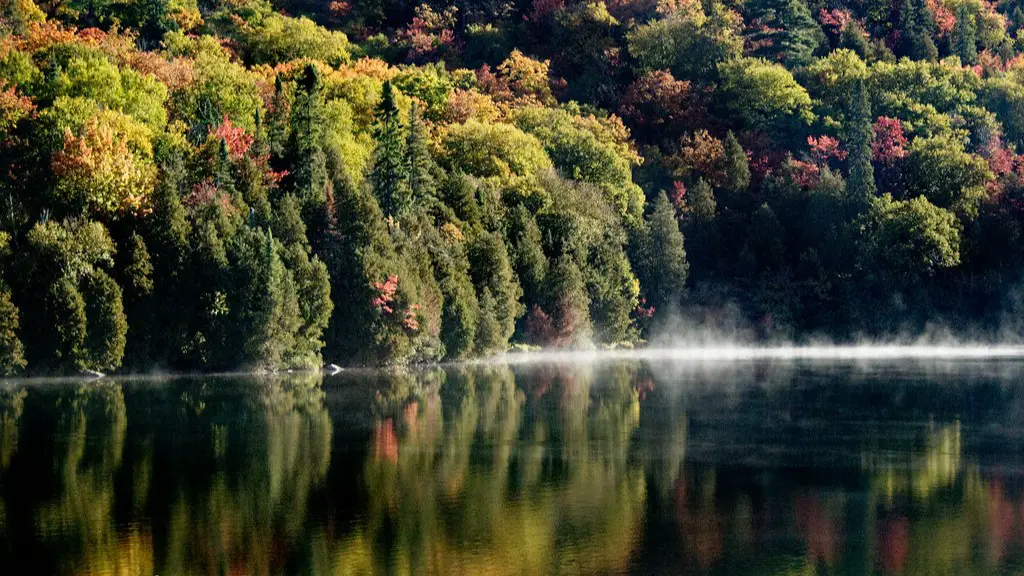Home to prehistoric lake gobbling creatures and a dozen rare species of fish, Lake Superior boasts an array of unique underwater inhabitants. As the world’s largest freshwater lake, the waters of Lake Superior are full of mystery. The plants, animals and other living things living in the lake are integral to its well-being. This article will explore what creatures scientists have identified in the waters of Lake Superior and how they depend on each other and the human inhabitants to survive.
As the cold waters of Lake Superior lap the sandy beaches and rocky shores of the Midwest, what lies beneath remains largely a mystery. While humans are familiar with the fish that inhabit the shallow waters near shore, there is much more below the surface. Lake Superior holds a wide diversity of life, from crabs and shrimp to sunfish and perch.
Plankton are a keystone species in Lake Superior, making up the base of the food chain. These tiny, free-floating organisms are a vital source of nutrition for larger aquatic animals and play an important role in the lake’s overall health. Plankton come from diverse sources, including bacteria, algae, and other microscopic life forms. While some of these organisms are primary producers, others are scavengers and predators.
Zooplankton are also present in Lake Superior, making up a crucial prey item for larger fish. Zooplankton are made up of crustaceans, insect larvae, and other small creatures. As they drift and swim through the lake, they form a vital link in the food chain, providing sustenance to fish and other organisms. Fish like lake trout and walleye prey on zooplankton, while other animals, such as birds and otters, rely on these tiny creatures as an important food source.
The lake’s fish are the most visible inhabitants and serve as an iconic symbol of the lake. Coldwater fish are well adapted to the cold, deep waters of the lake and include lake trout, lake whitefish, and lake sturgeon. These fish prefer to live and feed in deep, offshore areas, away from the shallower waters of the shore. In addition to coldwater fish, there are also warmwater fish, such as bass and sunfish, that inhabit the shallower waters near the shore or in bays and estuaries.
Other invertebrates, such as crayfish, freshwater clams, and mollusks, are also found in the lake. These creatures provide essential ecosystem services, such as playing a role in the decomposition of organic matter and maintaining water quality. They are also an important food source for sport fish.
The aquatic plants of Lake Superior are another source of life and vibrancy in the lake. The cold waters are home to many species of aquatic plants, including algae, seaweeds, and macrophytes. These submerged and floating plants provide food and shelter to the fish and invertebrates, while also adding color and beauty to the lake.
Although the human connection to Lake Superior has grown over the years, humans are still a relatively new addition to its long history. The introduction of invasive species, climate change, and other human activities have caused significant disruptions in the lake’s ecology. If humans are to continue to enjoy the resources and beauty of Lake Superior, we must take an active role in preserving and protecting its inhabitants.
Roles Of Inhabitants
The inhabitants of Lake Superior play a critical role in maintaining the health of the lake. Plankton and zooplankton form the base of the food chain, while benthic creatures, fish, and aquatic plants provide essential ecosystem services and habitats, such as decomposition and water quality. Humans have the responsibility of ensuring that these creatures are able to continue to thrive in the lake environment.
The key to protecting these inhabitants is understanding their roles and how they interact with each other. By understanding the essential functions they provide and the limitations they may face in the face of human activity and climate change, we can take steps to protect their habitats and ensure the lake’s continued health.
Humans can also make choices that benefit the lake’s inhabitants. Simple steps, such as minimizing pollution, reducing runoff, and controlling invasive species, can make a difference in preserving Lake Superior’s vital inhabitants.
Threats To Inhabitants
Despite our best intentions, humans are one of the main threats to Lake Superior’s inhabitants. In addition to the direct impacts of pollution, runoff, human development, and climate change, humans also help spread invasive species. These species compete with native creatures for resources, potentially altering the entire food chain.
The introduction of new species is also an increasing threat. As ballast water is released from ships, these invasive species can make their way into Lake Superior and compete with native species. This competition can directly impact the balance of the lake’s ecology.
Climate change is another threat to Lake Superior’s wildlife. As temperatures rise, the lake’s temperature can become too warm for species to survive. This could cause drastic changes to the lake’s ecology and its inhabitants.
Overfishing is also a major threat to the lake’s fish population. Unregulated fishing, the introductions of non-native species, and human activity can upset the balance of the lake’s food chain and have drastic consequences on its inhabitants.
Protective Measures
Fortunately, humans have the power to protect the inhabitants of Lake Superior. As states and nations work to reduce emissions and climate change, they can also make sure to protect Lake Superior and its inhabitants. Regulations that limit pollution, runoff, and invasive species introduction can help protect the lake’s inhabitants and prevent drastic changes in the environment.
Individuals can also take action. Simple steps, such as avoiding the use of plastic, choosing sustainable seafood, or engaging in recreational fishing responsibly, can go a long way in preserving the lake’s inhabitants. By understanding the importance of these creatures to the lake’s ecosystem, we can all make choices that will help protect the lake and its inhabitants for generations to come.
Unique Species
Lake Superior is home to some of the world’s rarest aquatic species. The lake holds an array of fish and invertebrates, many of which are found nowhere else on earth. These species are sensitive to changes in the environment, making them particularly vulnerable to human-caused degradation.
The lake holds a unique population of lake sturgeon, a species of fish that has now been classified as rare throughout its natural range. Lake Superior is one of the few remaining places where this fish can still be found in abundance. This species and other unique inhabitants need to be protected in order to preserve the lake’s delicate ecosystem.
The lake’s diversity of life also includes some of the world’s most bizarre animals, such as the mottled sculpin, a species found only in the cold, deep waters of Lake Superior. This fish has adapted to the lake’s conditions and is able to survive the extreme temperatures. Efforts to protect this species, as well as the lake’s other inhabitants, must be taken in order to preserve the lake’s unique biodiversity.
Adaptations
The diverse creatures of Lake Superior have adapted in order to survive the lake’s extreme conditions. Fish have thick, insulated skin to protect them from the cold water. Plankton have evolved over time to become more efficient at photosynthesis, allowing them to survive in low-light environments. Other creatures, such as crayfish and mollusks, have developed an ability to filter food particles from the water.
In order for these creatures to survive and thrive in the lake, they must be able to adapt and evolve in response to environmental change. As humans continue to make changes to the lake’s environment, it is essential to consider the creatures’ ability to adjust. If the inhabitants of Lake Superior are to continue to survive, careful consideration must be taken to ensure their habitats and resources remain protected.
Overall, the inhabitants of Lake Superior play a critical role in the lake’s ecology. From plankton to zooplankton, benthic creatures, fish, and aquatic plants, these creatures are essential to the lake’s health and well-being. By understanding their roles and the threats they face, humans can take steps to protect and preserve these unique inhabitants of Lake Superior.
